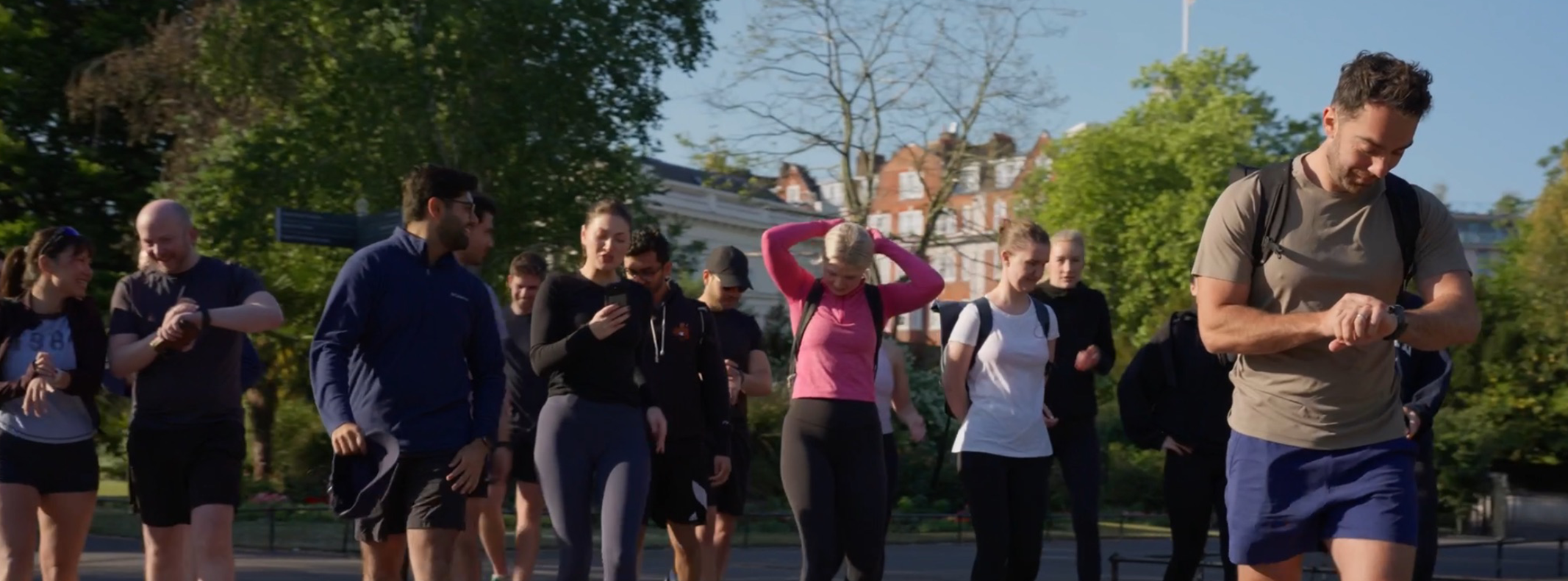Is the timing right?
Go early
• Is the US the Company’s primary market?
• Is your primary distribution channel global in nature (i.e. via app marketplaces and platforms)?
• Are you focused on digital health or education (or another market where the US is substantially larger than European markets, and a complete move can be a strategic decision)?
Go late
• Have you saturated the local market?
• Have you gone through renewal cycles?
• Is the domestic management team sufficiently strong to manage and grow the business in the absence of the CEO?
Often European entrepreneurs start building their startup in their home territory and then recognize that the market opportunity there pales into insignificance compared to the market opportunity for the same problem in the US. The early US entry is in effect a company move, whereby the European home market will be sacrificed in the near term. At an early stage, having two offices is often unrealistic from a funding, culture and operations standpoint. The founders elect to sacrifice (or at the very least substantially reduce activity) in the home market and commit to the new market completely.
The benefit of this approach is that the team will build only one product or service and it will be entirely focused on the new market. The startup’s stage, funding raised, and customer traction then aligns with an early company in the US.
Once a sustainable core revenue and operating base has been built in the home market, the CEO or a core founder will be able to leave the home market and focus on the US with less risk of disruption. Many entrepreneurs who have successfully entered the US have chosen to do this much later in their company’s evolution, often post Series C and when the core business is cash-flow break even. The Company’s internationalization is less of a make-or-break move with a self-sustaining business at home. Teams can then afford to be measured and somewhat clinical, testing, iterating and only recruiting behind success. By having a stable core business, the pressure on the founder to make the new market work is greatly reduced.
Many companies enter the US at the wrong time: When they have initial traction in the home market, but before repeatability and scale have fully taken hold. That can put strain on a vulnerable position.
Beware of the in-between
Those founders who launched an international market before reaching scale in their home territory found both markets hard to deliver. The home territory was required to continue to be the engine of growth for the business, but with focus and resources now strained, the company now deals with double the level of complexity without operational scale. In many cases, those founders had to make the painful decision to retrench one to two years later. The knock-on effects of this can also be very painful: a business that is subscale in its home market and unproven internationally may struggle to raise additional fundraising and may be forced to seek several rounds of potentially dilutive internal funding
“ It’s easy to go too fast or be too early with the US launch before the company is prepared to take this challenge. It’s a differently structured and hyper-competitive market; therefore, European entrepreneurs might benefit from considering soft launching there first.” – Rytis Vitkauskas, YPlan
What milestone and timelines must you meet?
Having milestones and hurdles will help in qualifying your budget and in focusing your spending on high performance. What goals do you want to set yourself?
A lot of preparation for a move to the US can be done from Europe. Expect to have a 6 to 9-month planning phase, then a 6 to 12-month deployment phase where you establish operations on American soil and build out your team.
Graze wanted to test if its proposition resonated with US consumers. It allocated an initial budget to build a campaign and serve the US from Europe. The team created a landing page to collect US emails and started mailing snacks to the US directly from the UK. Once they had established that their proposition wouldn’t change, they invested in New York operations.
“For six months, we went into NYC for one week at a time monthly before launch (until we made our first hire). We wanted to talk to the key people and get to know all the players in the podcast market; I invited people to breakfast—the key NPR and WNYC podcasters -and became friends with many of them. That helped us very much.” – Karl Rosander, Acast














